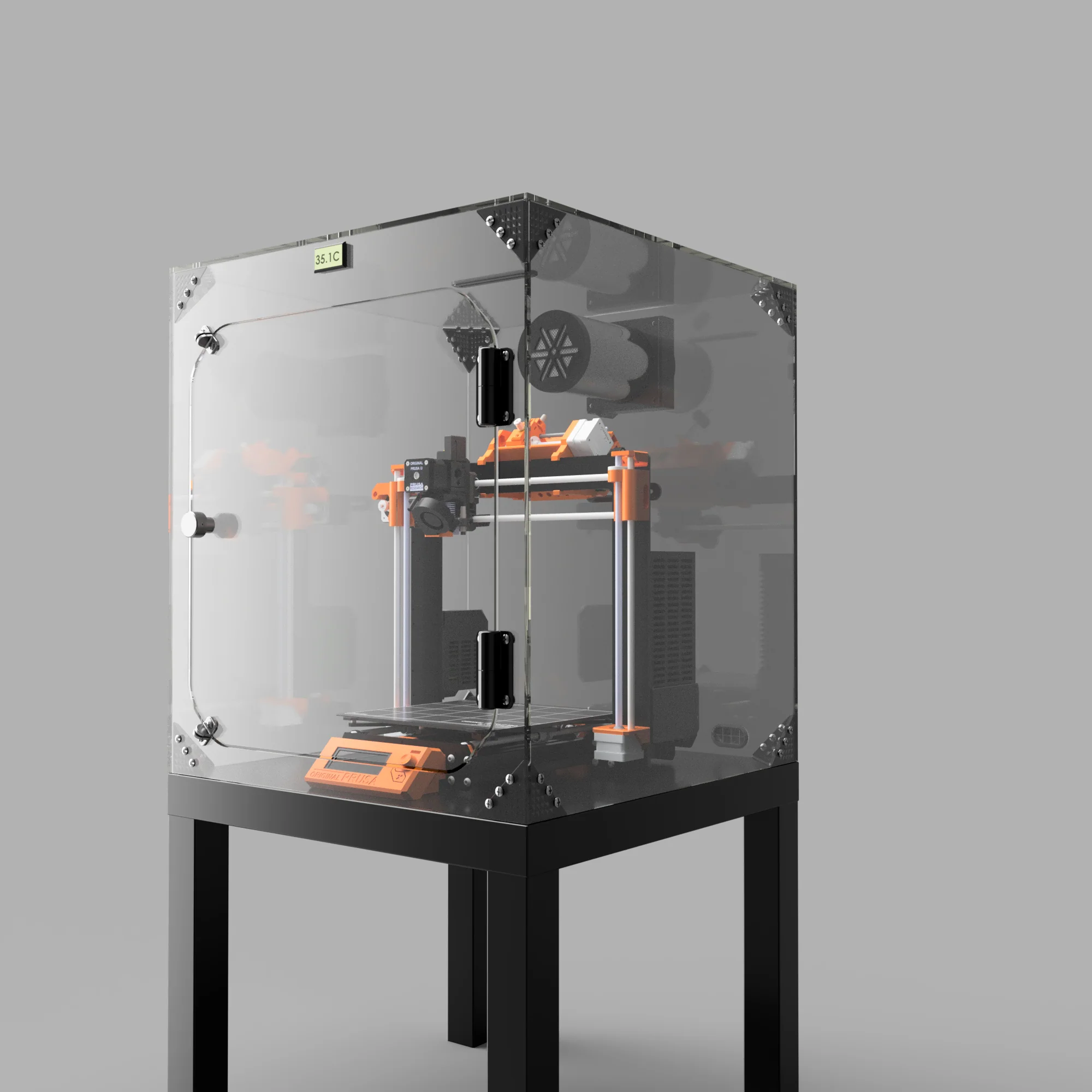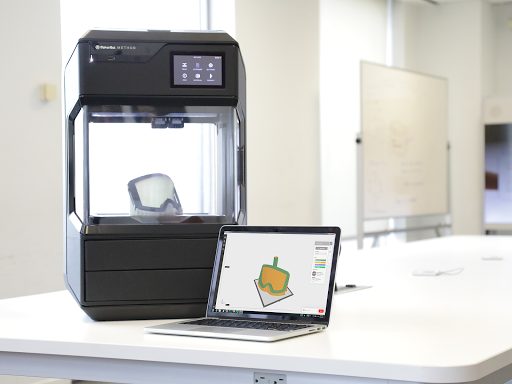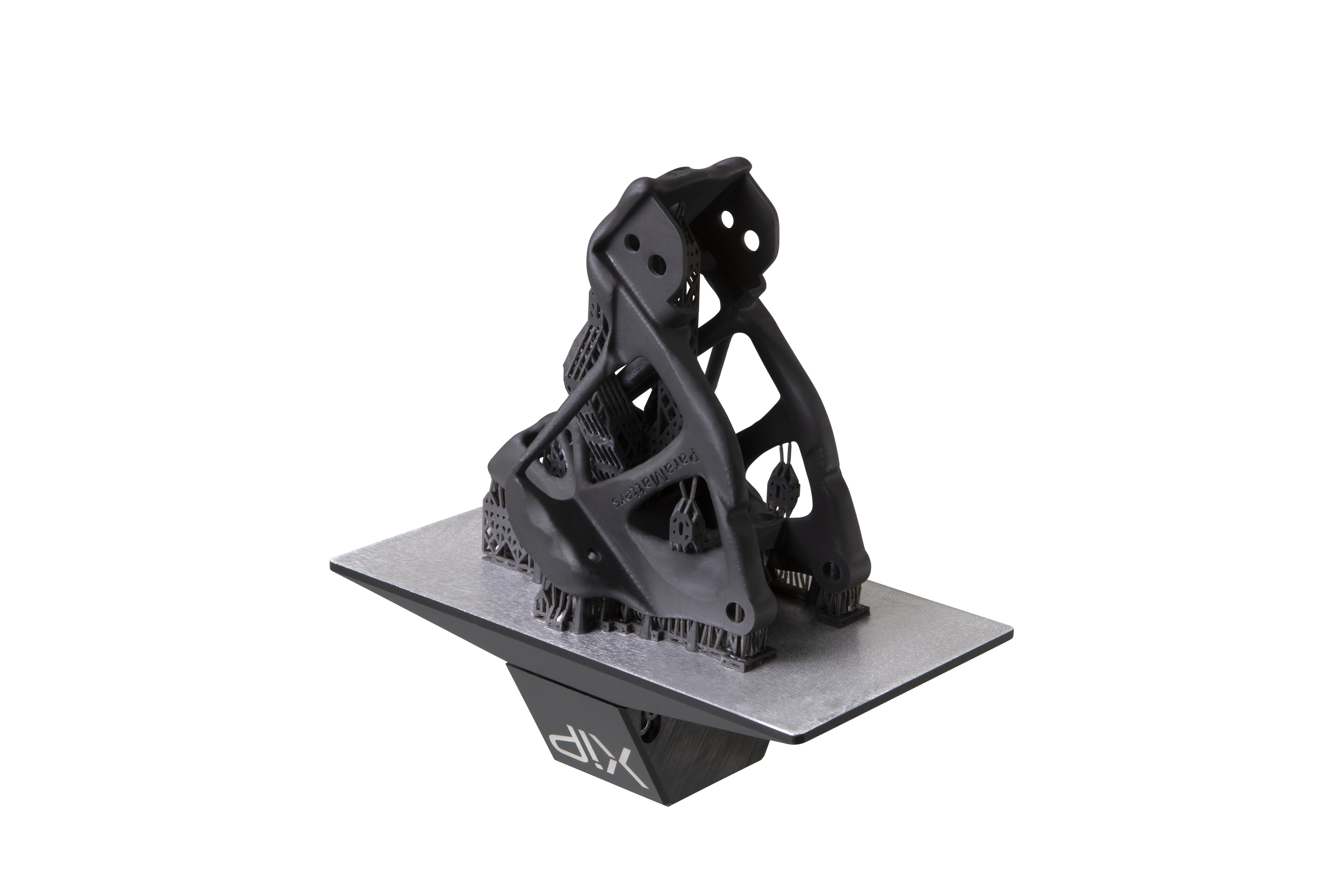- Everything you need to know about ABS 3D printing - March 9, 2023
- How a New Generation of 3D Printers is Accelerating the NPD Process - November 16, 2022
- Buyer’s Guide to an Industrial 3D Printer - October 31, 2022
ABS (Acrylonitrile Butadiene Styrene) is a common thermoplastic material used in 3D printing. It is popular due to its strong and durable nature, which makes it ideal for creating functional objects. In this blog post, we will cover everything you need to know about ABS 3D printing, including its properties, benefits, drawbacks, and tips for printing with ABS.
Properties of ABS
ABS is a tough and impact-resistant material that has good heat resistance but can be easily molded and shaped. This makes it especially suitable for injection molding, and it happens to be one of the two most common injection molded materials for that reason. In addition to durability, tensile strength, and stiffness as measured with the Young’s modulus are all compelling reasons why ABS is selected across a variety of industries.
| xABS Resin | Injection Molded ABS | FDM ABS | |
| Tensile Strength | 32 MPa | 44 MPa | 30 MPa (xy axis) |
| Impact Strength | 53 J/m | 44 J/m | 27 J/m (xy axis) |
| Young’s Modulus | 1400 MPa | 1790 MPa | 1460 MPa |
| Flexural Modulus | 1400 MPa | 2250 MPa | 45 MPa |
Applications for ABS 3D Printing

ABS is commonly found in consumer products thanks to its low cost and mechanical properties. 3D printing with ABS is no different. In many cases ABS 3D printers are used to produce prototypes. ABS itself is a thermoplastic, so the most common 3D printing technology used is FDM. While prototyping is the number one application, FDM 3D printed ABS parts are being used for jigs and fixtures in manufacturing settings to take the load off of revenue generating CNCs and other capital equipment.
Tips for 3D Printing with ABS

To achieve the best results when printing with ABS, there are a few key tips to keep in mind. Several industrial or professional 3D printers designed for ABS will incorporate a heated build chamber to minimize warping, but if your printer doesn’t have that, there are still some options.
- ABS should be printed on a heated bed, with temperatures ranging from 90-110°C. This will help prevent warping and improve adhesion to the build platform.
- It is important to use an enclosure or cover for the printer to maintain a stable temperature and reduce the chances of warping.
- Proper ventilation is important when printing with ABS, as the material releases fumes that can be harmful if inhaled. Make sure your printer is in a well-ventilated area or use a fume extractor to remove any harmful fumes from the printing environment.
Pros of ABS 3D Printing

- Strength and durability. ABS parts are less likely to break or crack, making them ideal for creating functional prototypes or parts for end-use applications.
- Heat tolerance also enables them to survive medium heat conditions such as inside a car on a hot sunny day (or inside a delivery truck for that matter).
- 3D printing versatility when compared to injection molding cannot be overstated. 3D printers are much more accessible than mass manufacturing technologies like molding.
- Known material that is pretty much standardized across a range of industries.
Cons of ABS 3D Printing

- Warping during 3D printing is not uncommon with ABS. This is due to ABS’s tendency to shrink and expand significantly with temperature changes and can result in parts with poor surface quality or even cause the print to fail altogether.
- Strong odors during 3D printing can be unpleasant and potentially harmful if the printer is not well-ventilated.
- FDM 3D printing limits full potential of directional performance and visual appearance.
High Quality ABS-Like Resin 3D Printing

As mentioned above, ABS 3D printers tend to use FDM technology, however with the recent advances in photopolymer (3D printing resin) technologies, there are some extremely viable material options that mimic the properties of the thermoplastic. One such example is xABS3843 – a Nexa3D branded resin that was developed and manufactured by Henkel / Loctite. While they’re not the exact polymer chemically as ABS, they have been engineered to perform with similar results, but photo-cured resins also have some major advantages over their filament counterparts.
Advantages of Photocured ABS-Like Resins
- Isotropic properties – FDM parts are inherently weaker on the Z axis compared to the X and Y axes because of the “seams” between layers. Resin parts are almost completely isotropic while FDM parts may be 90% weaker on the z axis than the x axis.
- Smooth surface finish – Resin 3D prints have a surface finish much closer to that of injection molding making them better candidates for finished production parts.
- Speed – With modern resin 3D printers such as the Nexa3D XiP, full build volume print jobs can be completed in less than a day.
Conclusion
ABS 3D printing is a great option for creating strong and durable parts that can withstand wear and tear. However, it is important to keep in mind the challenges that come with printing with ABS, including warping and fumes. ABS-like resins are also great alternatives for producing high-performance, pristine parts where ABS is the desirable material.
